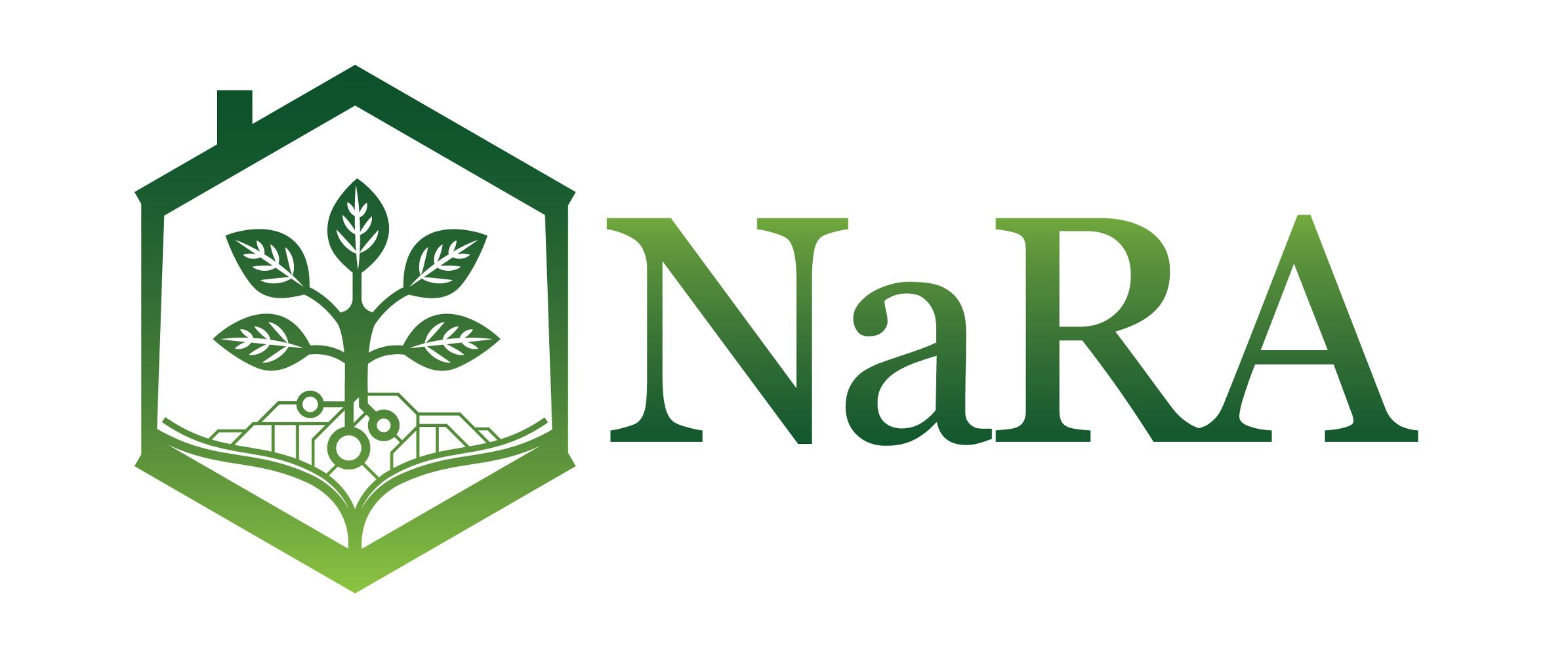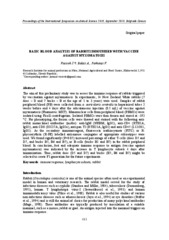| dc.description.abstract | The aim of this preliminary study was to assess the immune response of rabbits triggered by vaccination against myxomatosis. In experiments, 14 New Zealand White rabbits (7 does – D and 7 bucks – B at the age of 1 to 3 years) were used. Samples of rabbit peripheral blood (PB) were collected from a. auricularis centralis to heparinised tubes 2 weeks before and 4 days after the subcutaneous injection (0.5 mL) of vaccine against myxomatosis (Pharmavac MXT). Mononuclear cells from peripheral blood (PBMCs) were isolated using Ficoll centrifugation. Isolated PBMCs were then frozen and stored at -192 °C. For phenotyping, the frozen cells were thawed and stained with the following anti-rabbit monoclonal antibodies (mAbs): anti-IgM (NRBM, IgG1), anti-CD4 (RTH1A, IgG1), anti-CD8 (ISC27A, IgG2a), anti-pan T2 (RTH21A, IgG1) and anti-CD45 (L12/201, IgG1). As the secondary immunoreagent, fluorescein isothiocyanate (FITC) or R-phycoerythrin (R-PE) labelled anti-mouse conjugates of appropriate subisotypes were used. We found significantly (P<0.05) increased percentage of either T-cells (does D5 and D7, and bucks B5, B6 and B7), or B-cells (bucks B2 and B7) in the rabbit peripheral blood. In conclusion, fast and adequate immune response to antigen (vaccine against myxomatosis) was indicated by the increase in T lymphocyte subsets 4 days after immunization. Thus, rabbit does (D5 and D7) and bucks (B5, B6 and B7) might be selected to create F1 generation for the future experiments. | en |



